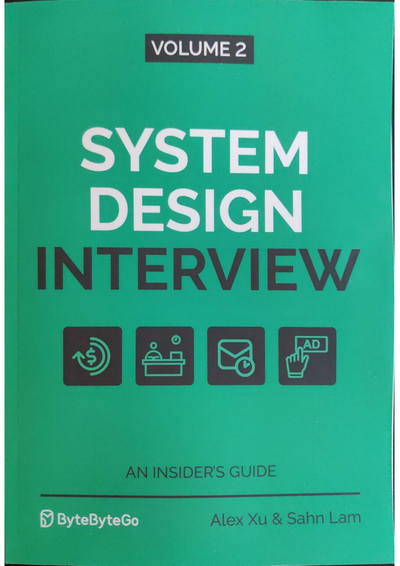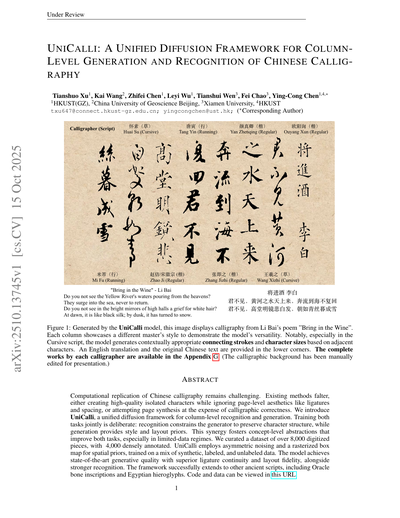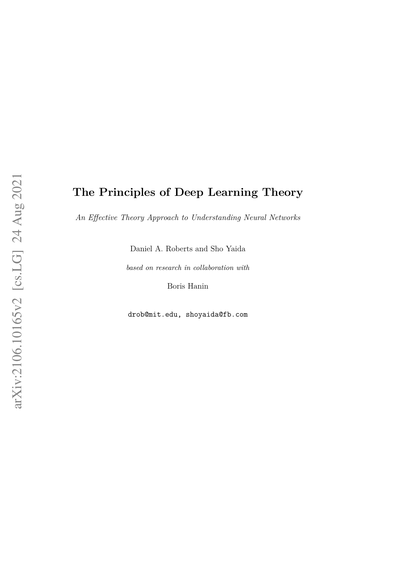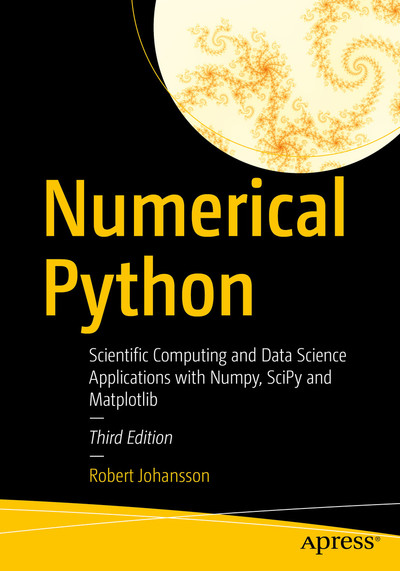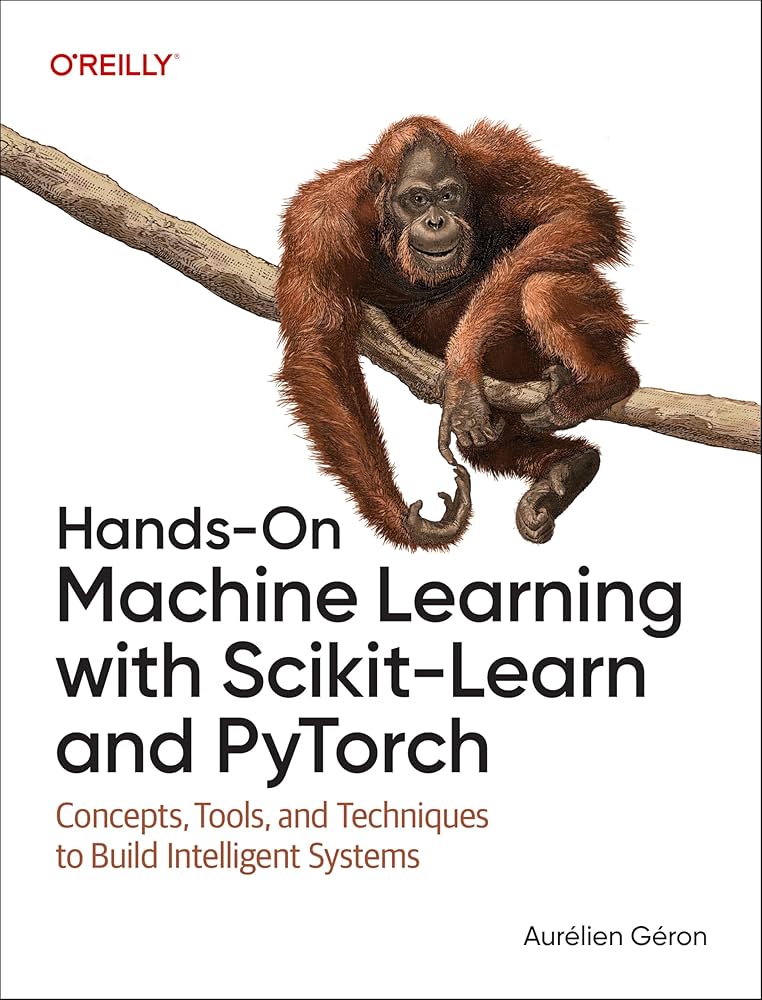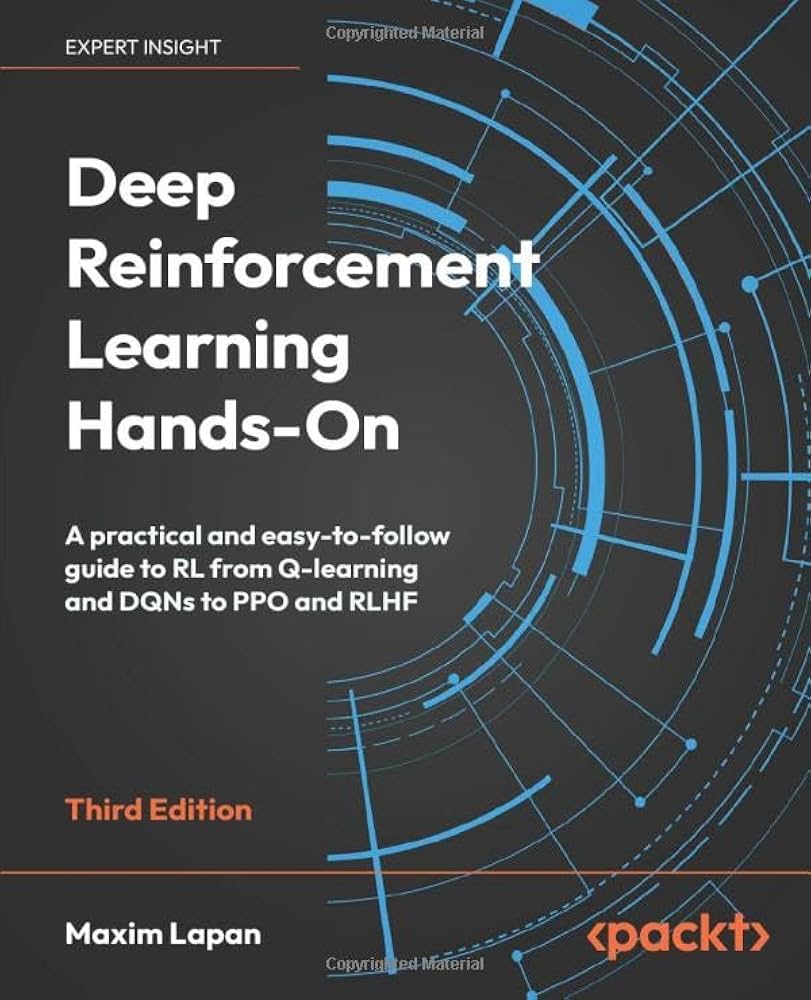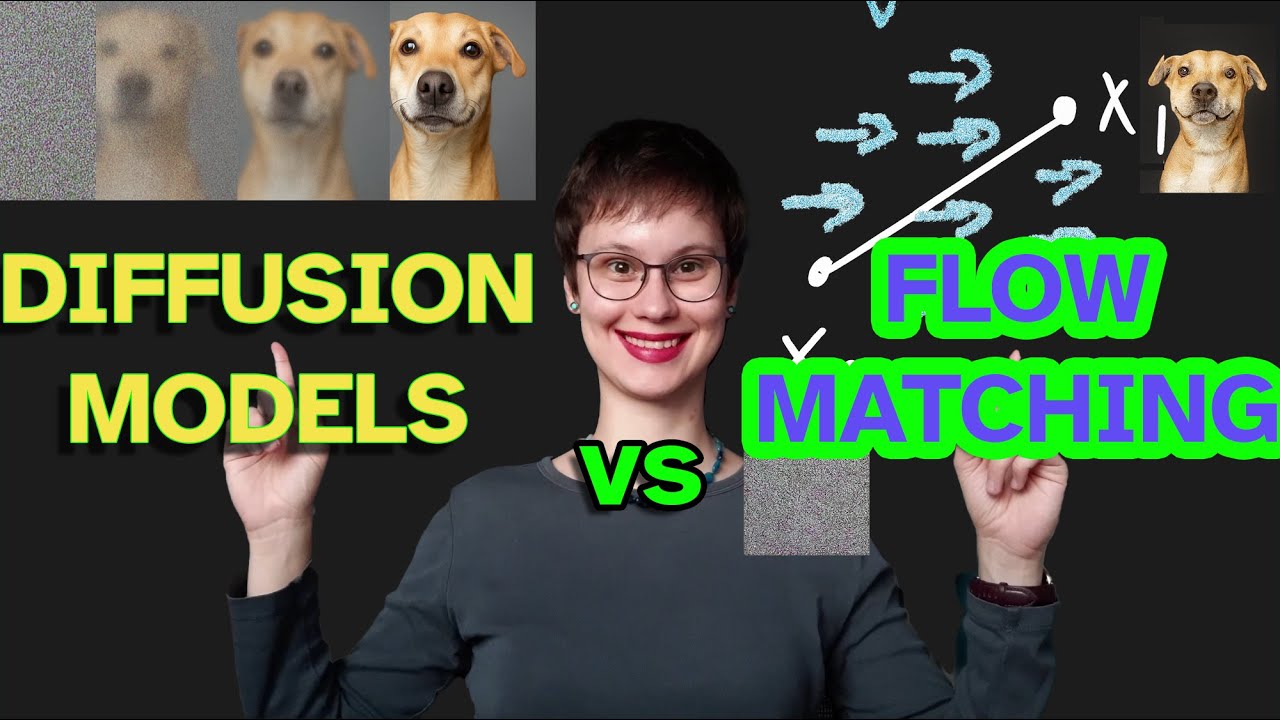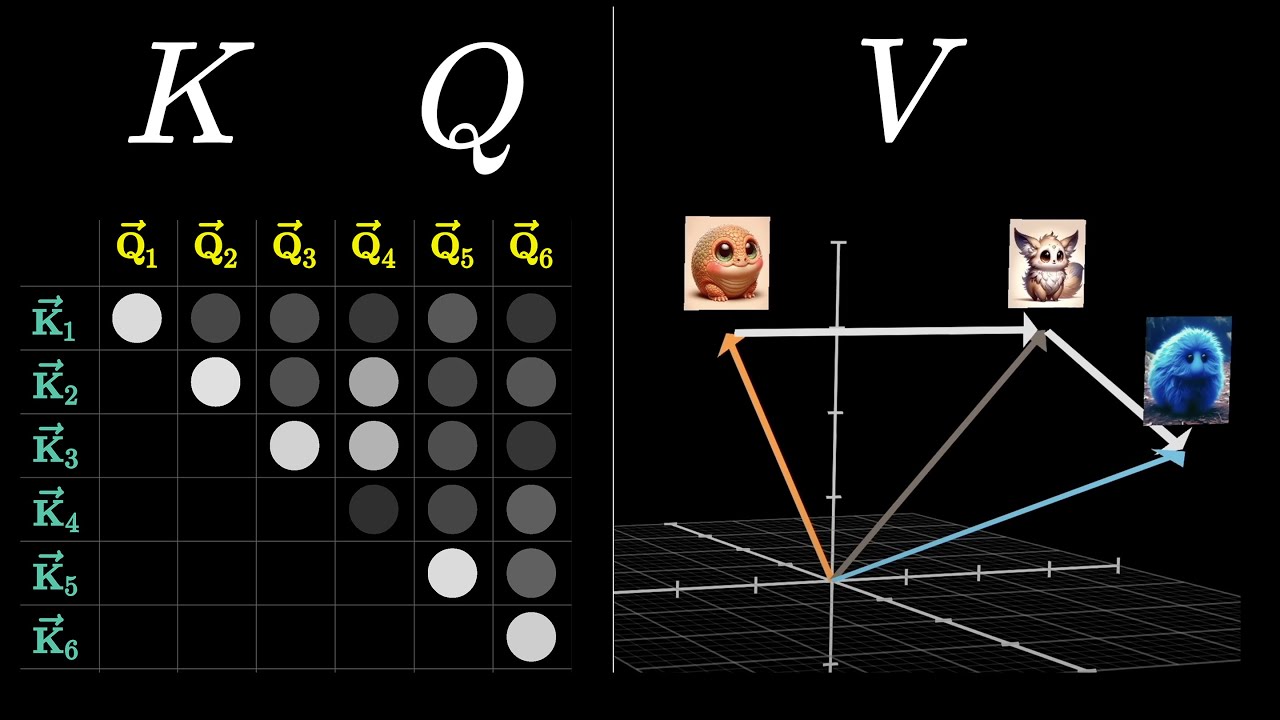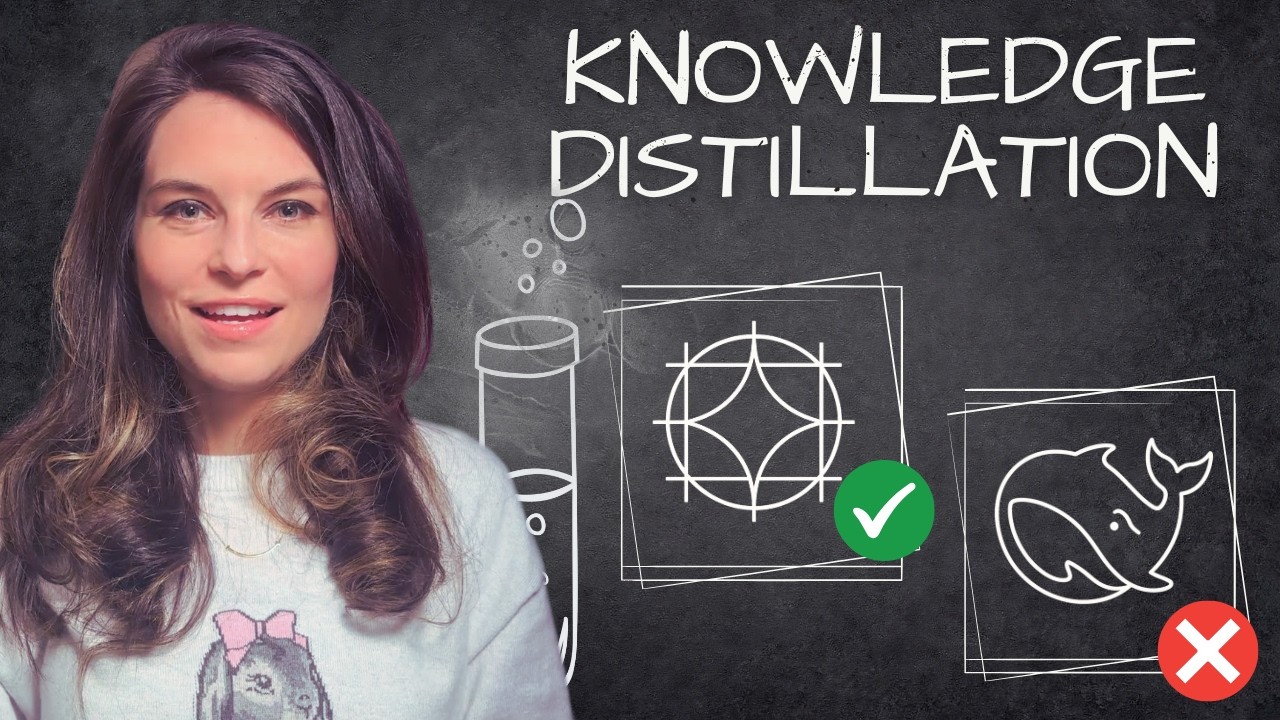
Online Workshop Every Week
Join our free weekly interactive learning sessions.
Master AI/ML with instant feedback and personalized learning
"Cogito, ergo sum" (I think, therefore I am)
— René Descartes

Free Problems
DeepSeek-V3 Reasoning Techniques
This problem set tests understanding of DeepSeek-V3's reasoning-related innovations,
including Mixture-of-Experts (MoE), Multi-Head Latent Attention (MLA), FP8 precision training,
Multi-Token Prediction (MTP), DualPipe parallelism, and efficiency metrics such as
reasoning tokens vs output tokens and active parameters per token.
It contains conceptual, numerical, mathematical, and coding tasks.
Each question is accompanied by detailed explanations.
56 pts
Medium
91
mixture-of-experts
deep learning
large language models
+7
Advanced Transformer Architectures
This problem set focuses on **advanced Transformer architectures** and covers topics such as:
- Rotary Position Embeddings (RoPE)
- Multi-Linear / Multi-Query Attention (MLA)
- Mixture of Experts (MoE)
- Training issues (gradient, scaling, distributed)
- Inference optimization (KV cache, batching, parallelization)
The questions are a mix of multiple-choice, math, and code.
You are expected to have strong familiarity with both the theoretical and practical aspects of Transformers.
**Environment:**
- Python 3.10+
- PyTorch 2.0+
52 pts
Hard
92
transformer architectures
positional embeddings
rotary embeddings
+7
Distributed Training (Data, Tensor, Pipeline Parallel)
This problem set focuses on **distributed training strategies** used in large-scale deep learning:
- **Data Parallelism** (gradient synchronization, AllReduce)
- **Tensor Parallelism** (splitting matrices across GPUs)
- **Pipeline Parallelism** (layer partitioning, bubble efficiency)
43 pts
Medium
94
distributed training
machine learning
data parallelism
+7
LLM Agents and Reasoning
This problem set covers the fundamentals of Large Language Model (LLM) Agents, a crucial topic in modern AI systems. You'll learn about agent architectures, reasoning patterns, tool calling mechanisms, and practical implementation strategies.
The problems progress from basic concepts to advanced implementation, testing your understanding of:
- Agent fundamentals and architectures
- ReAct (Reasoning + Acting) pattern
- Tool calling and function execution
- Error handling and retry mechanisms
- Agent planning and decision making
- Multi-agent systems and coordination
Each question is designed to test both theoretical understanding and practical implementation skills. Pay attention to the detailed explanations provided - they contain valuable insights for your AI/ML education journey.
44 pts
Medium
98
large language models
ai agents
external tools
+7
Quantization for Efficient Inference
This problem set focuses on **quantization techniques** for efficient deep learning inference.
Topics include:
- Post-training quantization (PTQ)
- Quantization-aware training (QAT)
- Symmetric and asymmetric quantization
- INT8, INT4, mixed precision
- GPTQ, SmoothQuant, QLoRA
- KV cache quantization
You will answer **20 questions** mixing multiple-choice, math, and code.
55 pts
Medium
90
quantization
neural networks
model compression
+7
NumPy and PyTorch Basics
This problem set focuses on testing your understanding of **NumPy** and **PyTorch** functions, as well as how they interact.
You will solve 20 multiple-choice questions, starting with basic NumPy operations and moving towards more advanced PyTorch usage and conversions between the two frameworks.
Each question includes an explanation for deeper understanding.
20 pts
Medium
99
numpy
array-shape
basic-operations
+7
Premium Problems
Knowledge Graphs
USA AI Olympiad
Explore competitive programming and AI contest preparation concepts
Grade 5 Math
Discover elementary mathematics concepts and learning paths
Featured PDFs
View All PDFsSystem Design Interview: An Insider's Guide Volume 2
116 questions
348 pts
System Design Interview: An Insider's Guide
108 questions
317 pts
UNICALLI: A UNIFIED DIFFUSION FRAMEWORK FOR COLUMN-LEVEL GENERATION AND RECOGNITION OF CHINESE CALLIGRAPHY
10 questions
38 pts
The Principles of Deep Learning Theory
107 questions
418 pts
Featured Books
View All BooksAcing the System Design Interview
153 questions
456 pts
Numerical Python: Scientific Computing and Data Science Applications with Numpy, SciPy and Matplotlib
190 questions
543 pts
Hands-On Machine Learning with Scikit-Learn and PyTorch
200 questions
554 pts
Deep Reinforcement Learning Hands-On - Third Edition
222 questions
720 pts
Featured Videos
View All VideosFlow-Matching vs Diffusion Models explained side by side
10 questions
29 pts
Attention in transformers, step-by-step | Deep Learning Chapter 6
10 questions
30 pts
Knowledge Distillation: How LLMs train each other
10 questions
27 pts
Diffusion Model
10 questions
32 pts
Popular Topics
machine learning
56
deep learning
40
neural networks
35
reinforcement learning
33
system-design
28
grade5
27
optimization
14
large language models
13
attention mechanisms
13
combinatorics
13
system-architecture
13
natural language processing
12
aime problems
12
Number Sense
12
scalability
11
beginner
10
number theory
10
performance
10
transformers
9
capacity-planning
9
Click on any tag to filter problems by that topic
